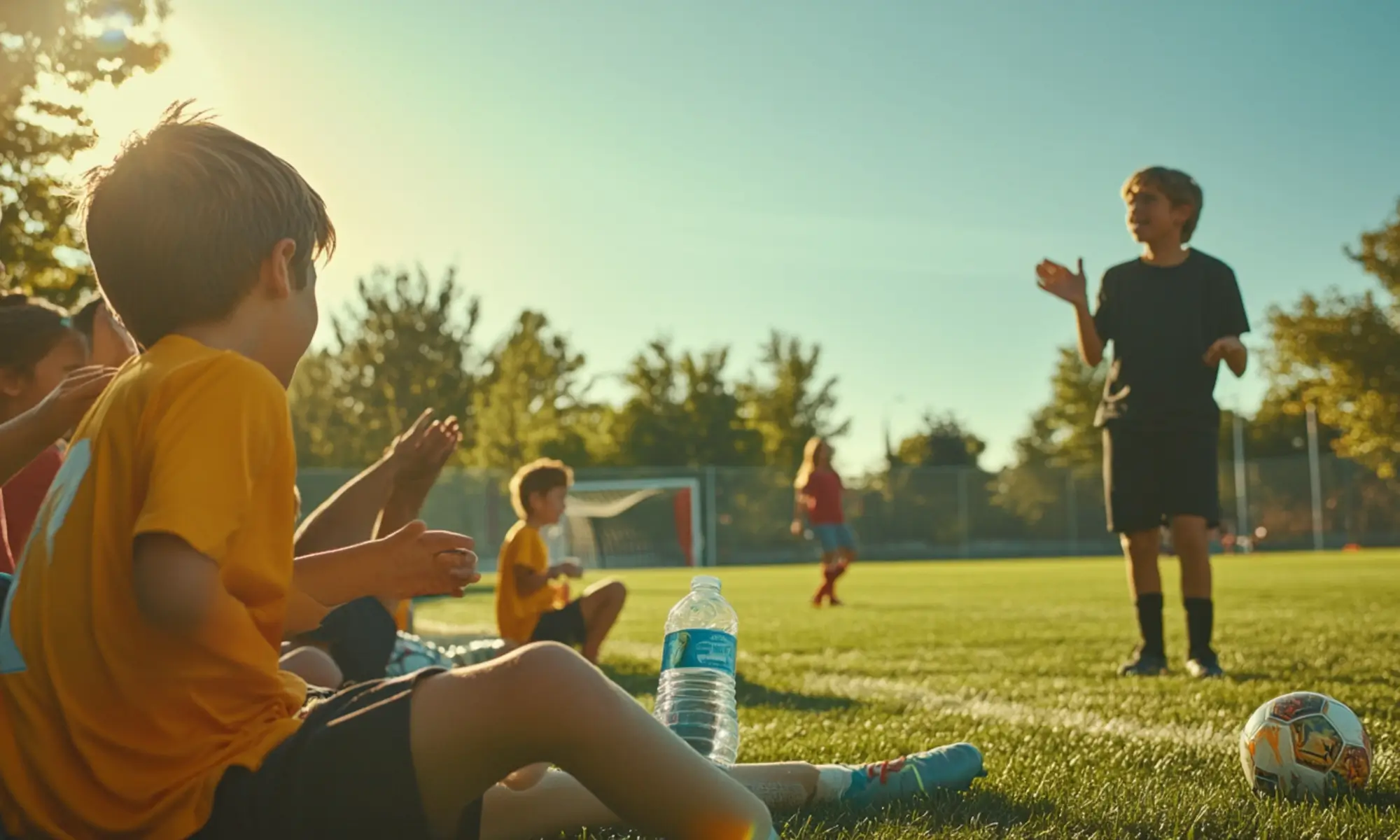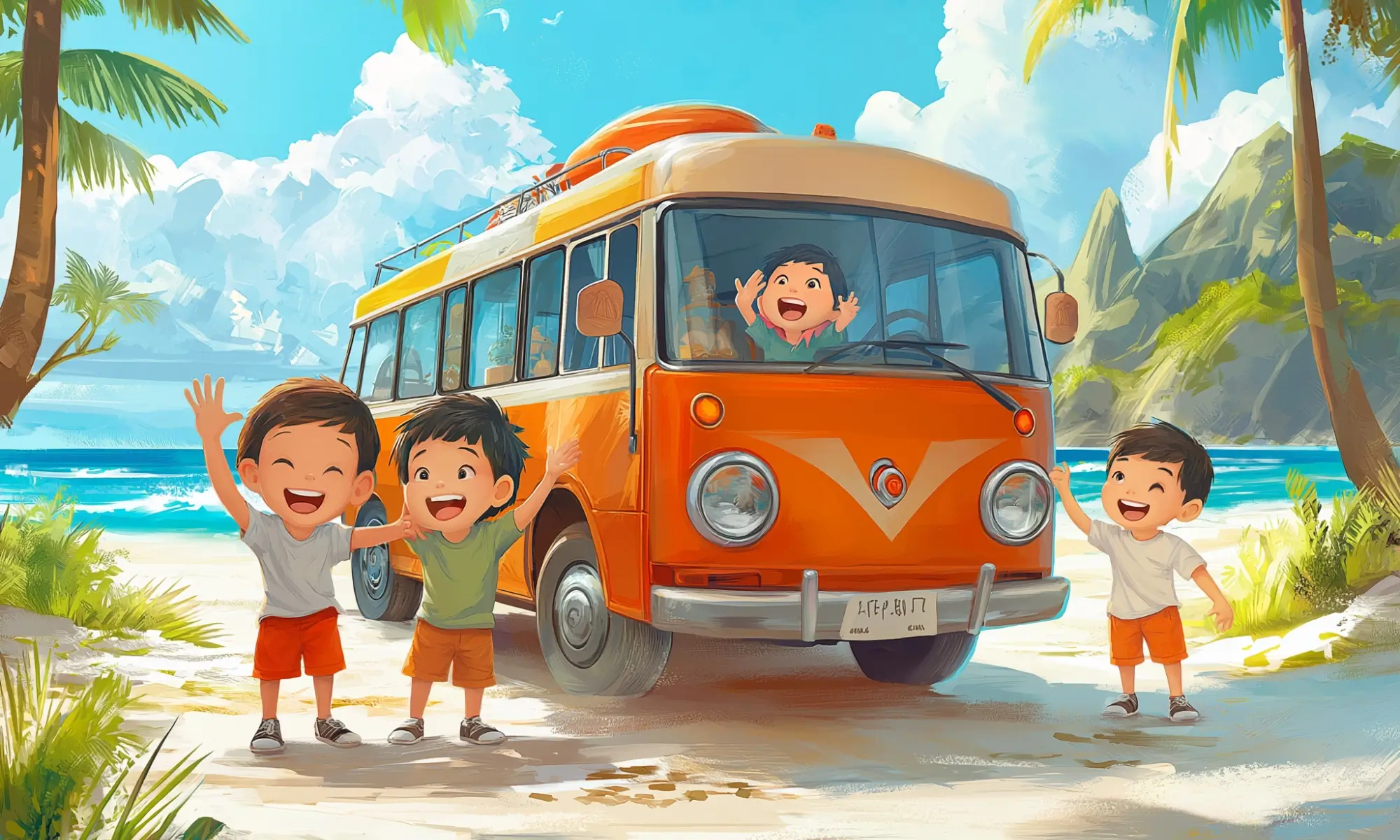Summer is the season of adventure, fun, and endless outdoor activities for kids. From the thrill of riding bikes to splashing around in pools, it’s a time when children can explore, play, and make cherished memories. However, with all the excitement, summer also increases the risk of injuries. From scraped knees on the playground to more serious concerns like heat exhaustion or drowning, these injuries can turn a day of fun into a trip to the emergency room.
Parents and caregivers must understand the common risks of summer activities and take proactive measures to keep kids safe. This guide explores the 10 most common summer injuries for children and provides practical, actionable tips to prevent them. With the right precautions in place, you can ensure your little ones enjoy a safe, happy, and unforgettable summer.
10 Common Summer Injuries For Kids And How To Prevent Them
Summer is a time for outdoor play but also increases the risk of injuries for kids. Here are 10 common summer injuries and tips for preventing them:
1. Playground Injuries

Playgrounds are full of equipment that invites physical activity, which naturally increases the risk of injuries like falls, cuts, and fractures. Children often push their physical boundaries or misuse equipment, leading to accidents.
Prevention Tips:
- Supervision: Parents or caregivers can intervene quickly to prevent risky behavior or accidents.
- Age-Appropriate Equipment: Younger kids may not have the strength or coordination needed for advanced equipment, so matching equipment to their age prevents mishaps.
- Inspect Playgrounds: Ensure the playground surface can absorb impacts (e.g., rubber, sand, or wood chips). Also, check for hazards like broken equipment or sharp edges.
- Teach Safe Play: Educate kids about playground etiquette, such as waiting their turn, avoiding rough play, and using equipment as intended.
2. Bicycle Accidents

Riding bikes is fun, but children are at risk of falling, colliding with obstacles, or being hit by vehicles. Head injuries are particularly concerning.
Prevention Tips:
- Helmet Safety: A properly fitted helmet significantly reduces the risk of head injuries. Helmets should meet safety standards and fit snugly.
- Teach Traffic Rules: Children must learn basic road safety, including signaling turns, riding in the right direction, and stopping at signs.
- Safe Routes: Avoid roads with heavy traffic. Parks and bike paths are safer alternatives.
- Regular Maintenance: A well-maintained bike is less likely to malfunction and cause accidents.
3. Swimming Pool Injuries

Pools are a summer favorite, but they can be hazardous due to risks like drowning, slippery surfaces, and unsafe diving.
Prevention Tips:
- Supervision: Constant, undistracted supervision by an adult can prevent accidents. Ideally, kids should stay within arm’s reach in the water.
- Barriers: Fences or locked gates prevent unsupervised access to pools.
- Swim Lessons: Teaching kids how to swim can help them handle water safely and reduce panic in emergencies.
- Do not dive in shallow water. Doing so can lead to the serious spinal cord or head injuries, so always check the depth-first.
4. Heat-Related Illnesses

Hot summer days combined with physical activity can lead to dehydration, heat exhaustion, or heatstroke. Children are more susceptible because their bodies don’t cool as efficiently as adults.
Prevention Tips:
- Hydration: Children often forget to drink water while playing, so remind them to stay hydrated.
- Schedule Outdoor Activities Wisely: Avoid peak heat hours (10 a.m. to 4 p.m.). Mornings and evenings are safer for outdoor play.
- Protective Clothing: Lightweight, breathable fabrics and hats help reduce the risk of overheating.
- Sunscreen: Apply sunscreen with SPF 30 or higher to protect kids from sunburn, which can exacerbate heat-related illnesses.
5. Trampoline Injuries

Trampolines are popular for kids, but they pose risks like falls, collisions, and improper landings that lead to sprains, fractures, and head or spinal injuries.
Prevention Tips:
- Adult Supervision: An adult can monitor and enforce rules, preventing stunts or overcrowding.
- Limit Jumpers: Allowing only one child at a time reduces the chance of collisions.
- Safety Nets and Pads: These minimize the risk of falling off or getting caught in springs.
- Prohibit Flips: Stunts like flips or somersaults are common causes of severe injuries and should only be attempted with training and proper equipment.
6. Sports Injuries

Active participation in summer sports like soccer, baseball, or basketball can lead to common injuries such as sprains, strains, and concussions. Overuse injuries are also a concern for children engaging in repetitive motions without adequate rest.
Prevention Tips:
- Proper Equipment: Equip kids with appropriate safety gear, such as helmets for baseball, shin guards for soccer, and mouthguards for contact sports. These reduce the risk of serious injuries.
- Warm-Up and Cool-Down: Stretching before and after play improves flexibility and reduces the likelihood of muscle strains.
- Rest Periods: Frequent breaks prevent overuse injuries and allow muscles to recover.
- Educate on Techniques: Proper training in sports techniques can minimize the risk of injury caused by poor posture or incorrect movements.
7. Bug Bites and Stings

Summer is peak season for mosquitoes, ticks, and bees, which can cause allergic reactions, irritation, or transmit diseases like Lyme disease.
Prevention Tips:
- Use Insect Repellent: Apply EPA-approved repellents containing DEET or other effective ingredients to exposed skin and clothing.
- Protective Clothing: Dressing children in long sleeves and pants, especially in wooded or grassy areas, reduces exposed skin for bugs to bite.
- Check for Ticks: Conduct thorough checks after outdoor activities, focusing on hidden spots like behind ears or underarms. Remove ticks promptly with tweezers.
- Teach Caution: Educate kids to avoid swatting at bees or disturbing nests to reduce the chance of stings.
8. Car Accidents

Increased road travel and distracted driving during summer increase the risk of vehicle-related injuries for children, whether as passengers, cyclists, or pedestrians.
Prevention Tips:
- Proper Car Seats: To enhance safety, use car seats or booster seats appropriate for your child’s age, weight, and height.
- Back Seat Only: Children under 13 should always sit in the back seat, as airbags in the front seat can cause injuries in a crash.
- Check Surroundings: Be vigilant when reversing or driving in residential areas where children might play.
- Eliminate Distractions: To maintain focus, avoid phone use, eating, or other distractions while driving.
9. Hiking Injuries

Hiking on uneven terrain or in natural environments increases the likelihood of trips, falls, or encounters with bugs and wildlife.
Prevention Tips:
- Appropriate Footwear: Provide children with sturdy, well-fitted shoes to support their feet and ankles on rough terrain.
- Stay on Trails: Encourage sticking to marked paths to avoid uneven surfaces, cliffs, or encountering wildlife.
- Pack Essentials: Carry water, sunscreen, snacks, and a first-aid kit to handle minor injuries or emergencies.
- Bug Protection: Use insect repellent and check for ticks after the hike to prevent bites and potential diseases.
10. Sunburn

Prolonged exposure to the sun without proper protection can cause painful burns and increase the risk of skin damage or long-term issues like skin cancer.
Prevention Tips:
- Sunscreen: Apply broad-spectrum sunscreen with an SPF of at least 30 to all exposed skin. Reapply every two hours or immediately after swimming or sweating.
- UV Clothing: Dress children in sun-protective clothing, wide-brimmed hats, and sunglasses to block harmful UV rays.
- Shade Breaks: Encourage kids to take breaks in shaded areas, especially during peak sun hours (10 a.m. to 4 p.m.).
Conclusion
Summer should be a time for carefree fun and exploration, not avoidable trips to the emergency room. Parents and caregivers can ensure children stay safe while making the most of the season by taking proactive measures. Whether it’s wearing helmets, supervising water play, or applying sunscreen, these small steps can make a big difference.
Bookmark this guide and share it with others to spread awareness. With these tips, you can help your kids enjoy a safe and happy summer!

